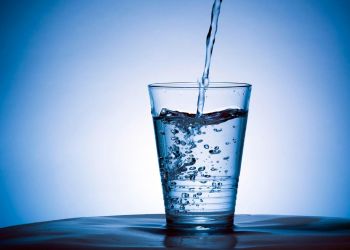At the 2022 NACCHO360 Annual Conference, the National Association of County and City Health Officials (NACCHO) and our partners explored how the local public health workforce and its stakeholders can move forward amid an ongoing crisis while implementing traditional and innovative approaches to restructure a system built to protect the health of communities nationwide. During one of the sharing sessions, two NACCHO members discussed targeting shellfish safety education in their home state of Washington following increased incidence of vibriosis infections.
Dani Toepelt, Manager of Shellfish Licensing and Certification at the Washington State Department of Health (DoH), talked about the sanitary control of bivalves and mollusks intended for human consumption. The DoH is the shellfish authority for the state and bases its practices on the National Shellfish Sanitation Program model ordinance as well as state rules. There are multiple potential routes to infection/contamination of shellfish, with an increased risk to consumers who take them home for preparation. One of the most common types of shellfish-related disease is vibrio parahaemolyticus, caused by naturally-occurring bacteria which thrive in warm water. Due to its prevalence in the summer months, the state code has a dedicated set of additional cooling requirements for those who harvest oysters in the summer. Norovirus, in contrast, is a viral infection more common in the winter months as a result of rainfall and failing septic or animal waste. Both diseases can be killed with cooking to an internal temperature of 145 degrees for 15 seconds; however, norovirus can last on surfaces for up to two weeks if not cleaned properly. The Pacific Northwest Heat Dome in 2021 resulted in a very high prevalence of vibrio infections, but this enabled the DoH to identify gaps in the current state standards. Next steps for the agency will be to update the Washington Administrative Code, increase levels of shellfish illness investigation training, and continue education efforts by means of increased media releases.
Doug Dyer, Senior Technical Lead for Public Health Seattle-King County’s (PHSKC) Food and Facilities Program, spoke about managing foodborne illness outbreaks from a local perspective. Washington is a “local control” state in which local jurisdictions have ultimate retail regulatory authority and are tasked with permitting, inspections, and outbreak investigations. Local health departments receive support from the state for training, disease surveillance, and environmental health investigations. Seattle-King County is a high-risk jurisdiction for vibrio outbreaks due to a high demand for seafood, including raw shellfish. Many of these shellfish are harvested locally and it can be difficult to identify every establishment that offers them raw. The area saw a high prevalence of vibrio cases in 2018 and 2021 as a result of meteorological factors. Following the outbreaks in 2018, PHSKC recognized the potential benefits of targeted training with food establishments that serve raw shellfish year-round, as well as those most implicated in investigations. Though this was marketed as an educational opportunity rather than a requirement, most of the implicated facilities from the outbreaks were in attendance. A variety of topics were presented by many different partners to help operators build and sustain resiliency practices while improving knowledge of vibriosis and local regulatory programs. While the COVID-19 pandemic disrupted plans to continue this training into 2020, PHSKC is preparing to again offer it with a focus on environmental implications such as climate change and extreme weather.





